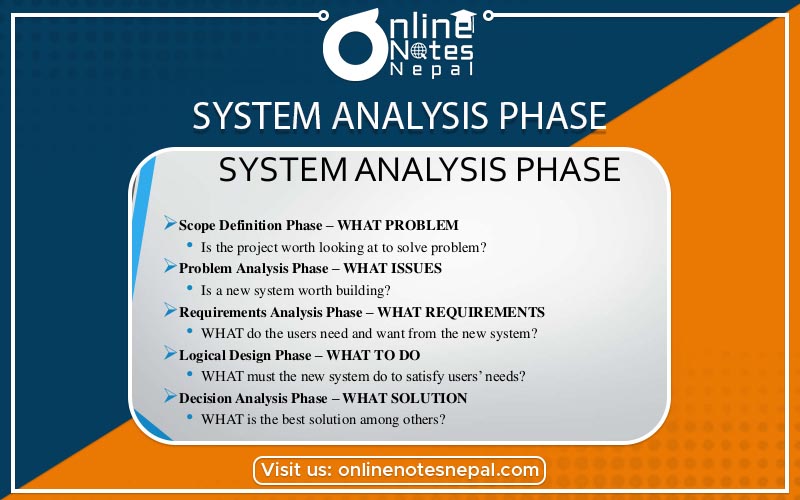Published by: Nuru
Published date: 16 Jun 2021

Introduction to system analysis means the process of observing systems for troubleshooting or development purposes. System analysis is applied to information technology, where computer-based systems require defined analysis according to their makeup and design. System analysis is conducted for the purpose of studying a system or its parts in order to identify its objectives. It is a problem-solving technique that improves the system and ensures that all the components of the system work efficiently to accomplish its purpose. Analysis specifies what the system should do.
There are many reasons why you might want to analyze a system. These include learning to use systems that somebody else created, planning new systems, and reducing errors when problem-solving. Sometimes systems analysis is a necessity. For example, if you buy a company and want to hire your own staff, you might find out that you are now an owner of a series of systems you know nothing about. It might be impossible to use the systems until they are analyzed, especially if all of the original staff are gone. This can happen on a much smaller scale when you start a new job or move to a new department. If there isn't anyone there to explain how a system works, you might have to figure it out for yourself.
Installing a new system, whether it's a home entertainment center, a factory production line, or way of working in an office, requires proper planning. Without this planning and systems analysis, the change might not work. You need to understand how the current system works before you install a new one. Otherwise, there may be problems, and the project could be a failure.
Data Collection
Data collection is the process of gathering and measuring information on variables of interest, in an established systematic fashion that enables one to answer stated research questions, test hypotheses, and evaluate outcomes. Some of its uses are:
Techniques
Structured analysis and design technique (SADT) is a systems engineering and software engineering methodology for describing systems as a hierarchy of functions. SADT is a structured analysis modeling language, which uses two types of diagrams: activity models and data models.
Data Analysis
Data analysis is defined as a process of cleaning, transforming, and modeling data to discover useful information for business decision-making. The purpose of Data Analysis is to extract useful information from data and taking the decision based upon the data analysis.
There are several types of data analysis techniques that exist based on business and technology. The major types of data analysis are:
Text Analysis
Statistical Analysis
Diagnostic Analysis
Predictive Analysis
Prescriptive Analysis
Descriptive Analysis